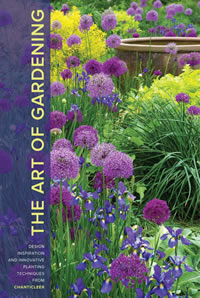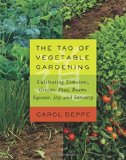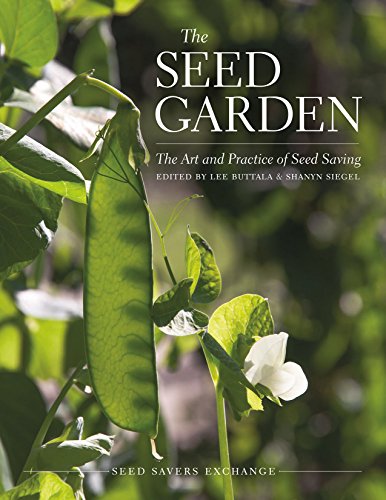
Linda Chalker-Scott, the urban horticulturist for Washington State University Extension and author of “How Plants Work,” uses both her own experience as a gardener and her education and research as a scientist to look at gardening aesthetically and at the molecular level. The result is very user-friendly way to learn more about how your garden operates from the perspective of the plants (and the bugs and the fungi, etc.).
That’s not to say this is easy reading. To get the most out of this book you need to spend time learning some terminology and concepts not typically needed when shopping in your local garden center. This effort will be worthwhile, as the author is very keen to steer you away from using products that will waste your money or damage your plants. She does all of this with humor and good examples which often come from her own garden in Seattle.
Her verbal illustrations are often quite vivid. “Imagine your head is an oxygen atom and your hands are hydrogen atoms, joined by your arms in between (the bonds). Now make a Y with your arms (perhaps performing a molecular version of The Village People’s ‘YMCA’).” After you’ve stopped singing this ditty, you’ll continue reading, but now with a nifty mnemonic to remember the cohesive and adhesive properties of water.
Throughout, Chalker-Scott is enthusiastic about plants. In a world that seems to favor animals, they have done quite well, managing “to use every body part and exploit animals as well as the forces of nature to ensure their spread into every environment.” All this is an “amazing accomplishment by a life form that’s literally rooted in place.”
Excerpted from the Spring 2016 Arboretum Bulletin.
 In June 2005, I attended a conference for plant science librarians in Philadelphia. After a long day of presentations, business meetings, and visits to libraries, I wasn’t expecting much from a visit to small garden west of the city near Villanova University.
In June 2005, I attended a conference for plant science librarians in Philadelphia. After a long day of presentations, business meetings, and visits to libraries, I wasn’t expecting much from a visit to small garden west of the city near Villanova University.


 I was surprised to learn that there is a new way to grow vegetables. Inside straw bales. Yes, that is what I said, inside straw. This new book by Joel Karsten,
I was surprised to learn that there is a new way to grow vegetables. Inside straw bales. Yes, that is what I said, inside straw. This new book by Joel Karsten, 